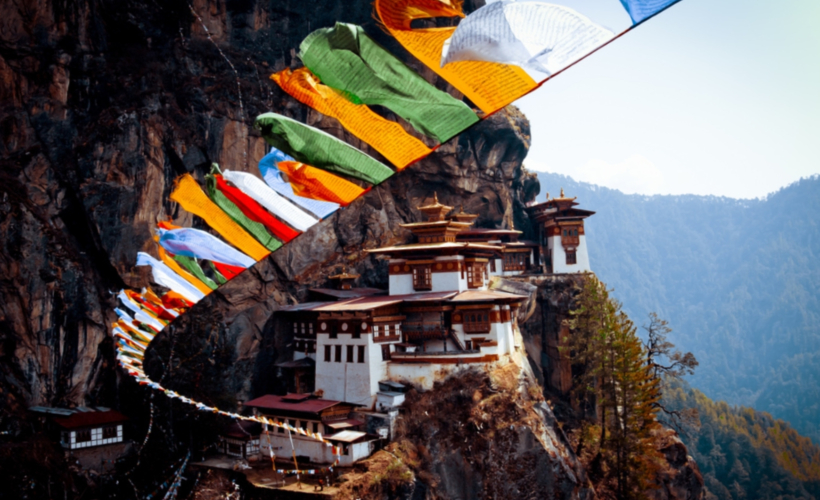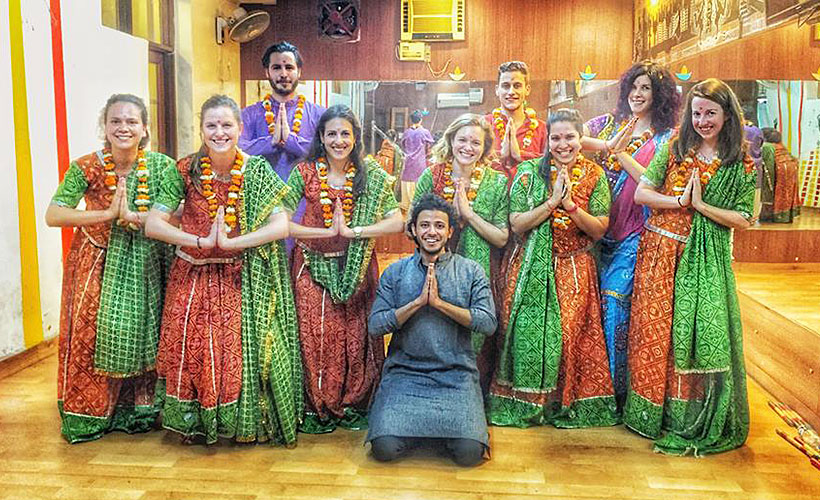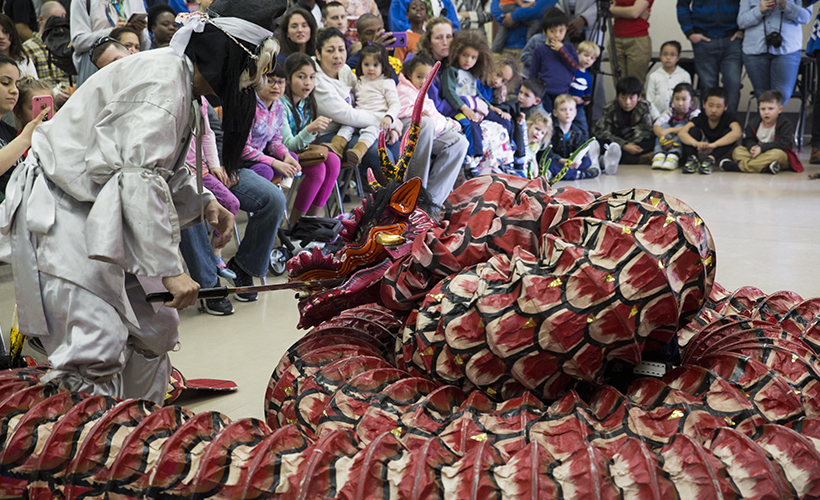
Most Japanese people have heard of the Kagura, but not all of them know very much about it. Kagura is a traditional Japanese performance that includes dances and music performed as part of a Shinto ritual for native Japanese gods, called Kami. Kagura roughly translates to ‘entertainment of the gods’ and depicts various themes from battles between good and evil, tales of creation, and showing gratitude to the gods while asking for abundant crops.
The origins of the songs and dances are not clear, and Kagura performances vary depending on where in Japan you are. This is because Kagura is performed to cleanse and purify the seat reserved for the Kami as well as to entertain them. It’s believed that the Kami enjoy any performance dedicated to them and any dedicated performance can be seen as Kagura, making the genre very broad.
Kagura is generally made up of four categories that can be performed together or independently. Miko Kagura is danced by shrine maidens, Izumo-style Kagura are performances based on myths of the origins of Japan, Ise-style Kagura are dances performed around large vessels of boiling water used to purify the seat of the Kami, and finally Shishi Kagura is performed by dancers wearing lion masks that illustrate the Kami driving away evil spirits. The most widely-performed Kagura is the Miko Kagura performed at Shinto shrines and Izumo-style Kagura.
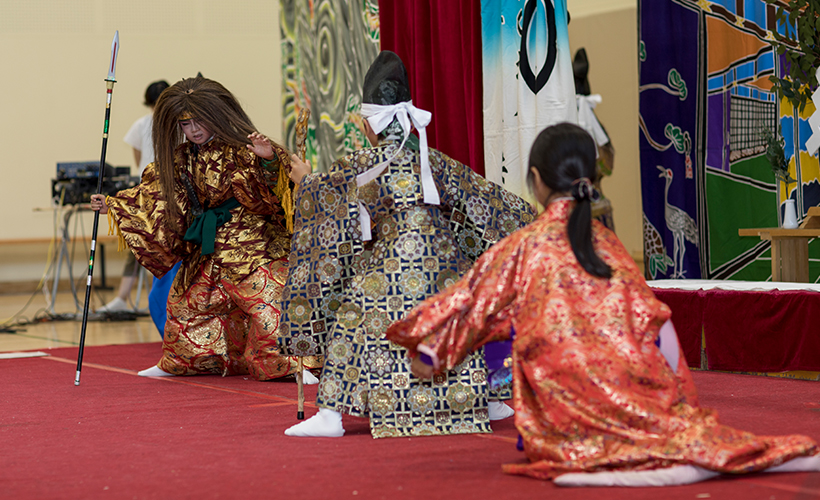
Kagura performances usually begin with ritualistic dances followed by other performances. The dances and performances are usually accompanied by lively rhythms played on yokobue flutes, taiko drums beaten with sticks, shime-daiko (small drums on stands beaten with sticks), and dobyoshi (small copper cymbals).
The costumes are colourful, sewn with golden thread and can cost up to JPY2 million (approximately USD18,825)! Meanwhile, the masks worn depict fierce gods and scary demons, but even humans make their appearances in these performances.
Orochi is perhaps one of the most popular and well-known Kagura performances. The performance is about Susanoo, the Kami of the sea and storms, who slays an evil dragon called Yamata no Orochi in order to save the Princess Inada. According to legend, the dragon had eight heads and eight tails. It was also long enough to cover eight peaks and valleys.
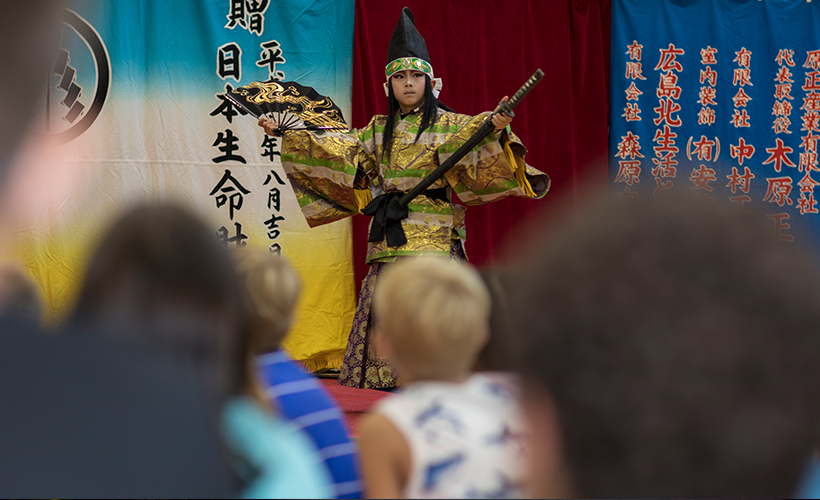
Kagura hasn’t always been passed on from generation to generation. In recent times, a number of festivals showcasing Kagura were cancelled because the older performers had taken ill or because the older rural population who know the dance had declined. That doesn’t mean no one’s trying to keep this tradition alive, though. There are many groups still performing Kagura with members aged between 19 to 93. This is all in an attempt to pass the age-old tradition on to Japanese youth and prevent the art form from becoming extinct.
Kagura performances aren’t featured in abundance in urban areas but can still be found in more rural regions. As the art form spread through Japan, it took on the flavours of the local regions, and thus each Kagura performance is slightly unique. So you’ll see that the prefectures have their own unique Izumo-style Kagura performances. Suffice to say, it’s a great reason to wander along Japan’s roads less travelled.
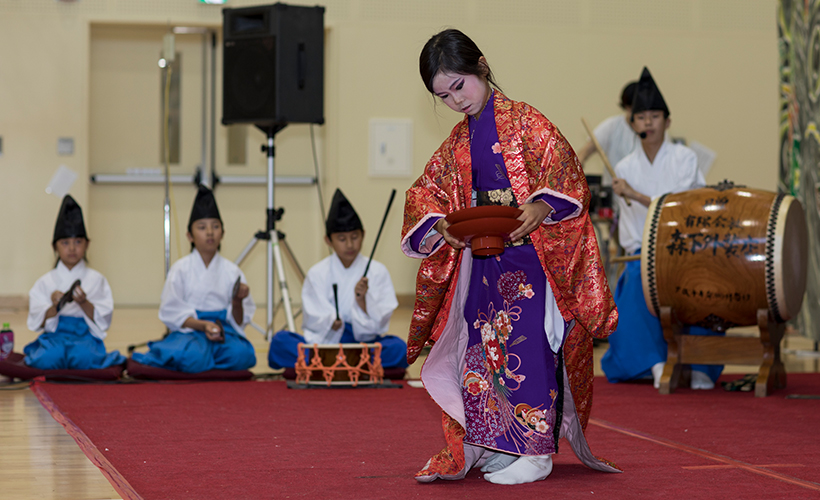
Visitors can watch Kagura performances at the following locations:
- Oda, Shimane: At the Tatsu no Gozen Shrine. There are performances every Saturday night from 8pm to 9pm.
- Masuda, Shimane: At the Masuda EAGA Building. Iwami Kagura performances are held every Saturday from January to September from 7:30pm to 9pm.
- Tokorozawa, Saitama: At the Shinmeisha Shrine. Kagura performances are featured at their yearly Autumn Festival on September 15.
- Hiroshima: At the Hiroshima Prefectural Citizen’s Cultural Center. This space hosts two performances every Wednesday night (at 7pm and 8pm) between April and December.
- Takachiho, Miyazaki: At the Kaguraden performance hall on the grounds of the Takachiho Shrine. Here, you can catch a performance every night from 8pm to 9pm.

